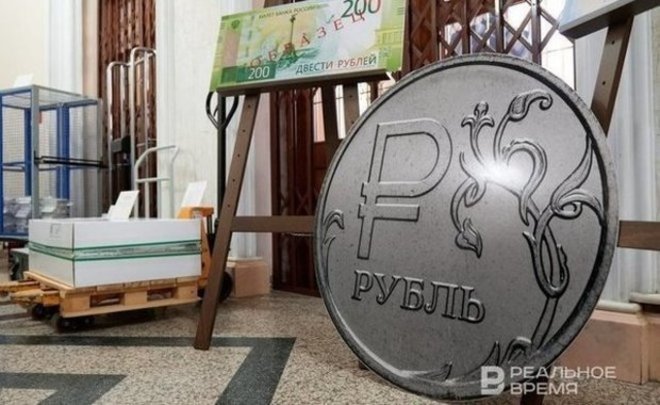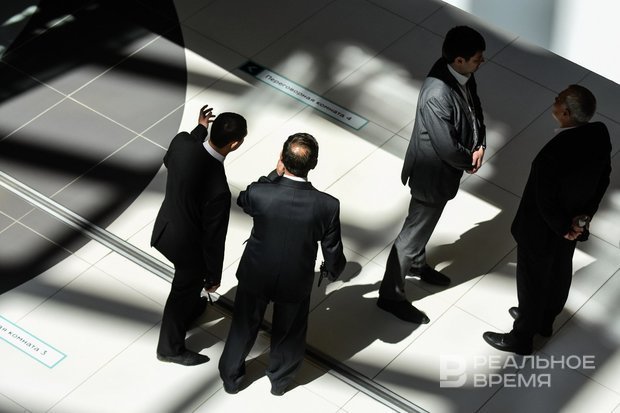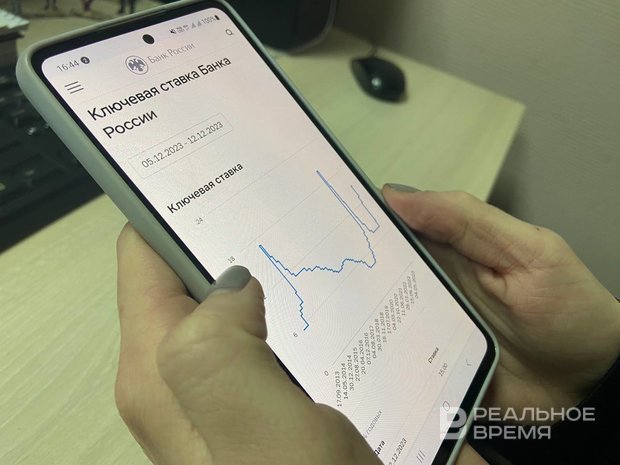‘This does not mean that production in the country will stop’: experts on another increase in key rate

At the meeting on December 15, the Board of Directors of the Bank of Russia decided to raise the key rate by one percentage point to 16% per annum. This has been the fifth increase in the last few months. At the previous meeting, on October 27, the Central Bank increased the indicator from 13% to 15% per annum. Realnoe Vremya turned to experts to find out how long the rate will be able to stay at such a level so as not to “hurt” the business.
“Everyone clutches their heads, because all investment projects are on pause”
Many analysts predicted an increase in the key rate to 16%. Olga Belenkaya, the head of the Macroeconomic Analysis Department at Finam, noted that the head of the Bank of Russia, Elvira Nabiullina, warned that the regulator could raise the rate again if it did not see signs of slowing inflation.
She drew attention to that since the last increase in the key rate, there has been no significant slowdown in the current rate of inflation in Russia, inflation expectations of the population increased markedly in November, and tension in the labour market does not weaken. Besides, the dynamics of lending and domestic demand remain too high, although the growth of mortgages and consumer loans has slowed down.
In turn, Valery Yemelyanov, an expert on the stock market at BCS World of Investments, believes that the ultimate strength for a business can only be tested empirically.
“There are a lot of introductory ones: how many debts on average, at what rates and for what period they were taken, what amounts in turnover, what profitability they have, what share of imported raw materials and technologies. The payback period in Russia is usually 5-10 years for medium-sized and larger enterprises. Poultry farms, apparently, initially had less, since for them 8 years has already broken the previous calculations. But on average, again, about 7.5 is about the norm, which means that the profitability of the business is on average about 13% per annum," he said.

According to Yemelyanov, at a rate of 15% from the Central Bank and about 20% in lending, most enterprises turned out to be unprofitable.
“Probably, poultry farms had around 5 years (this is 20%, respectively). At least such figures sometimes appear in business plans. This means that for such a period and at such rates, debts, investments, land leases, capacities, etc. were mortgaged. At a rate of 15% from the Central Bank and about 20% in lending, most enterprises, and even poultry farms, turned out to be unprofitable. This does not mean that production across the country will immediately stop. But they will have to cut costs and raise prices. Usually, a business can be blocked by loans for up to a year, but banks are unlikely to give for a longer period, because they understand that any business at such rates can close any day," the expert said.
At the same time, Valery Yemelyanov also touched on the topic of rising egg prices. According to him, this is just one subtle place where problems suddenly emerged. “There may still be a lot of such places. In an ever-changing market, it is impossible to calculate all of them," he said.
Denis Pirogov, the director general of the Tatarstan Milk Producers Union (Tatmolsoyuz), confirmed to Realnoe Vremya that this is indeed the case.
“Everyone clutches their heads, because all investment projects are on pause. How can you do something at such a rate, build something? The payback period of the same farm is at least 8-9 years. This is a huge investment, and at this rate it is impossible. It's good that there are also subsidies for construction and reconstruction. If they can be saved, then at least there will be some support. An increase in the rate also entails other moments — security things for obtaining loans. It is also becoming more difficult to get them," says the head of Tatmolsoyuz.
Central Bank is close to “completing the cycle of raising the key rate”
Until the middle of summer 2023, the key rate in Russia has been at 7.5% since September last year. Since the meeting on July 21, a gradual increase in the indicator has begun. The first step was the decision to increase the key rate by one percentage point to 8.5%.
The next meeting was supposed to take place only in autumn, but on August 15, the Board of Directors of the Bank of Russia met unscheduled. At an extraordinary meeting, the key rate was increased by 3.5 percentage points to 12% per annum. The decision was explained to limit the risks to price stability.
The key rate was raised and a month later, at the scheduled meeting on September 15, 2023, it increased by one percentage point to 13% per annum. In October, it reached 15%.

Realnoe Vremya publishes a chronology of the dynamics of the key rate since February 2022:
- February 28, 2022 — increase from 9,5% to 20% per annum;
- April 11, 2022 — decrease from 20% to 17% per annum;
- April 29, 2022 — decrease from 17% to 14% per annum;
- May 27, 2022 — decrease from 14% to 11% per annum;
- June 10, 2022 — decrease from 11% to 9,5% per annum;
- July 21, 2022 — decrease from 9,5% to 8% per annum;.
- September 16, 2022 — decrease from 8% to 7,5% per annum;
- July 21, 2023 — increase from 7,5% to 8,5% per annum;
- August 15, 2023 — increase from 8,5% to 12% per annum;
- September 15, 2023 — increase from 12% to 13% per annum.
- October 17, 2023 — increase from 13% to 15% per annum;
- December 15, 2023 — increase from 15% to 16% per annum.
Let us remind that the policy of the Bank of Russia to raise the key rate was supported by President Vladimir Putin. He said that the figures characterising the state's economy show that the regulator has chosen the right direction. In turn, the head of the regulator, Elvira Nabiullina, said that the Central Bank is close to completing the cycle of raising the key rate.
“If we proceed from our baseline scenario, yes, we are really close to the end of the rate hike cycle, but in many ways everything will depend on the situation — what will happen to the stable components of inflation," she said.
Elvira Nabiullina drew attention to that today the Central Bank does not observe prerequisites — a slowdown in inflation and a decrease in inflation expectations — for a reduction in the key rate.
The maximum key rate in the history of modern Russia was 20%. The Central Bank raised it to this level after the start of the special military operation last year. Until February 28, 2022, it was 9,5%.